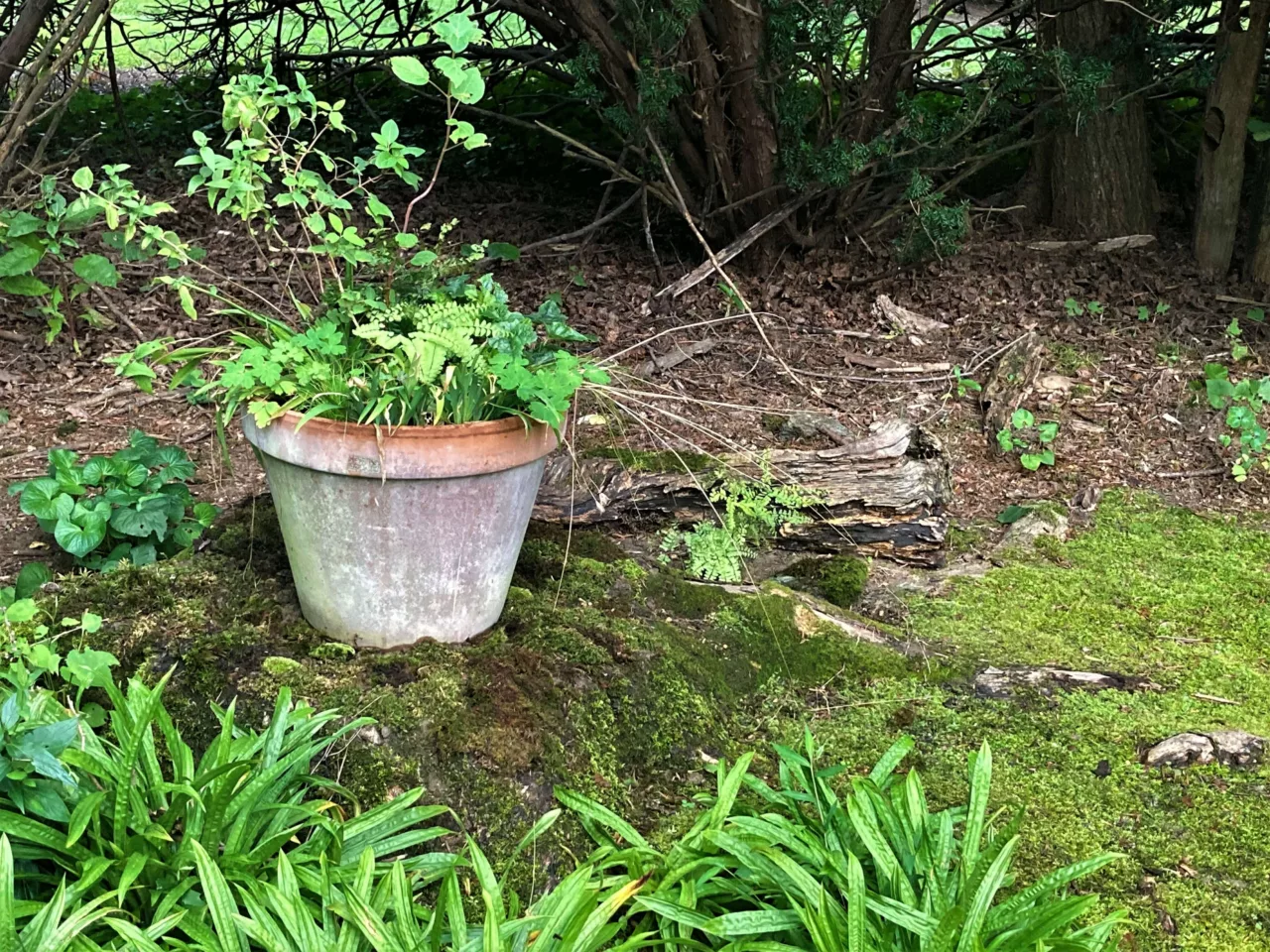
Little Garden, Big Impact
Many native plant species are hardy, adaptable, and can thrive in containers with a little planning. Whether you have just a small patch of lawn, a porch, or an apartment balcony, you can still bring the benefits of native plants to your home environment.
Why Grow Natives in Containers?
Growing native plants, whether in a container or in the ground, can greatly benefit your outdoor environment. Whether you’re looking to add color and beauty to your space, create screening, or attract and foster healthy habitats for wildlife, there are native plants that will work for you. One of the great qualities about native plants is their adaptability. For this reason, many species will do great when grown in containers!
There are many reasons to choose to garden with containers. Some include:
- Portability: Container gardening makes it easier to move plants for better growing conditions or aesthetics. It also allows you to take your plants with you if you are a renter or someone who moves around a lot!
- Control: Containers give you more control over moisture, light, and soil conditions than in-ground gardening.
- Space: Containers come in all shapes and sizes, which makes them great for small spaces or more temporary gardens. They are also great for keeping fast growing plants from spreading and taking over a small area.
- Ease: Container gardens tend to require less work up front, and less continued maintenance than in-ground gardens. Planting in containers means there is no need to prep labor-intensive garden beds. Containers also do a better job at keeping out unwanted plants, which means less weeding!
Getting Started
There are three things you should consider when planning your container garden:
1. Your Plants
Knowing what you want to grow is key! It’s best to start by thinking of your goals. Do you want to attract butterflies or birds? What color flowers would you like to see? Do you want edible plants? This will help you narrow down your plant choices. It’s helpful to consider design and aesthetic goals as well. Researching different styles of gardens, like rain gardens, pollinator gardens, cottage gardens, and more can lend inspiration. You should also consider whether you want to grow plants individually or in groups. The more plants you want to grow together, the larger the container will need to be. Remember to start small! It’s best to begin with just one or two plants while you learn the ropes.
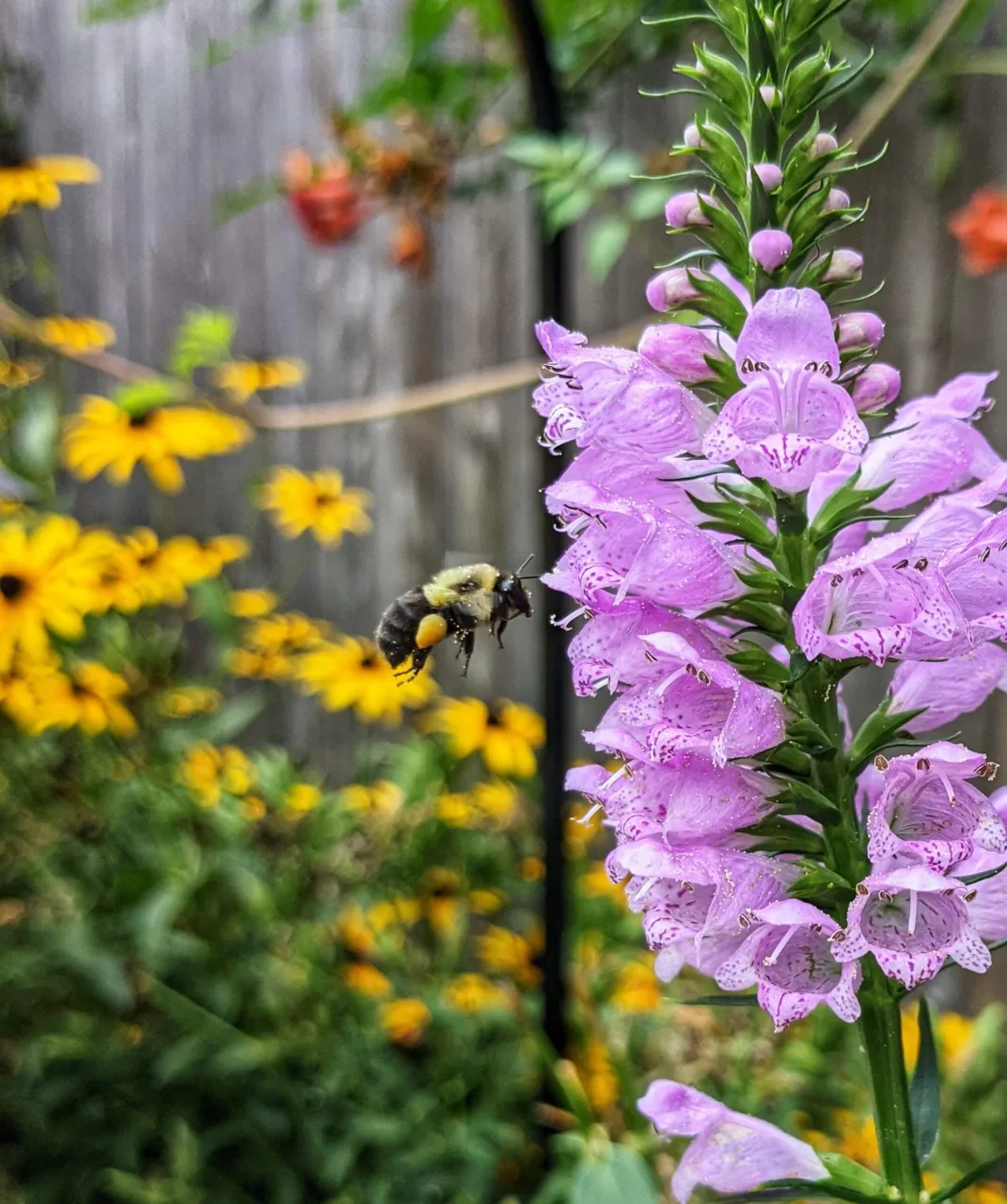
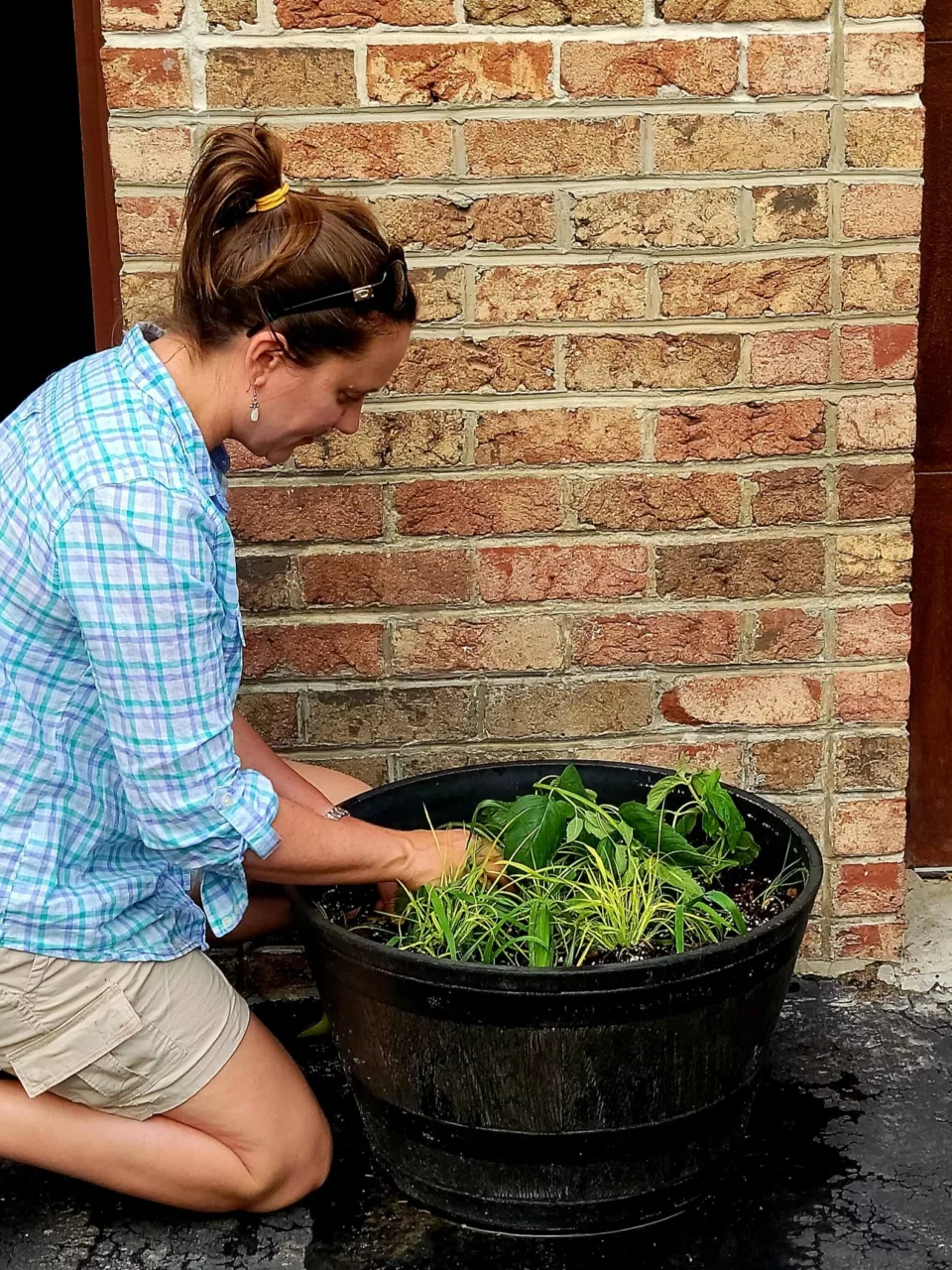
2. Your Space
Where are you planning to grow your plants? Consider how much light you get, how close the plants will be to a water source, and how visible or easy it is to access your space (this is important for maximum garden enjoyment!). You should also consider the size of your space. While most native plants can be grown in containers, many of them can grow very large, and will require more space and larger pots! Your growing conditions, such as light exposure, average temperature, and moisture levels will help you determine what kind of plants will thrive in your space.
3. Your Container
There are many factors to consider when choosing the right container for your plants. You may want to start by looking at what you have on hand. As a rule, containers should have ample drainage on the bottom and be large enough so that your plant has room to grow. Some plants may outgrow their pots quickly, so it’s good to have multiple sizes on hand for repotting as needed. Choose from planters (like window boxes), pots of all sizes, grow bags, or repurposed vessels of all sorts. It’s also important to consider the material of your container. Whether you select one made from plastic, wood, terracotta, cement, ceramic, metal, or even fabric, be sure to choose one that supports your growing conditions.
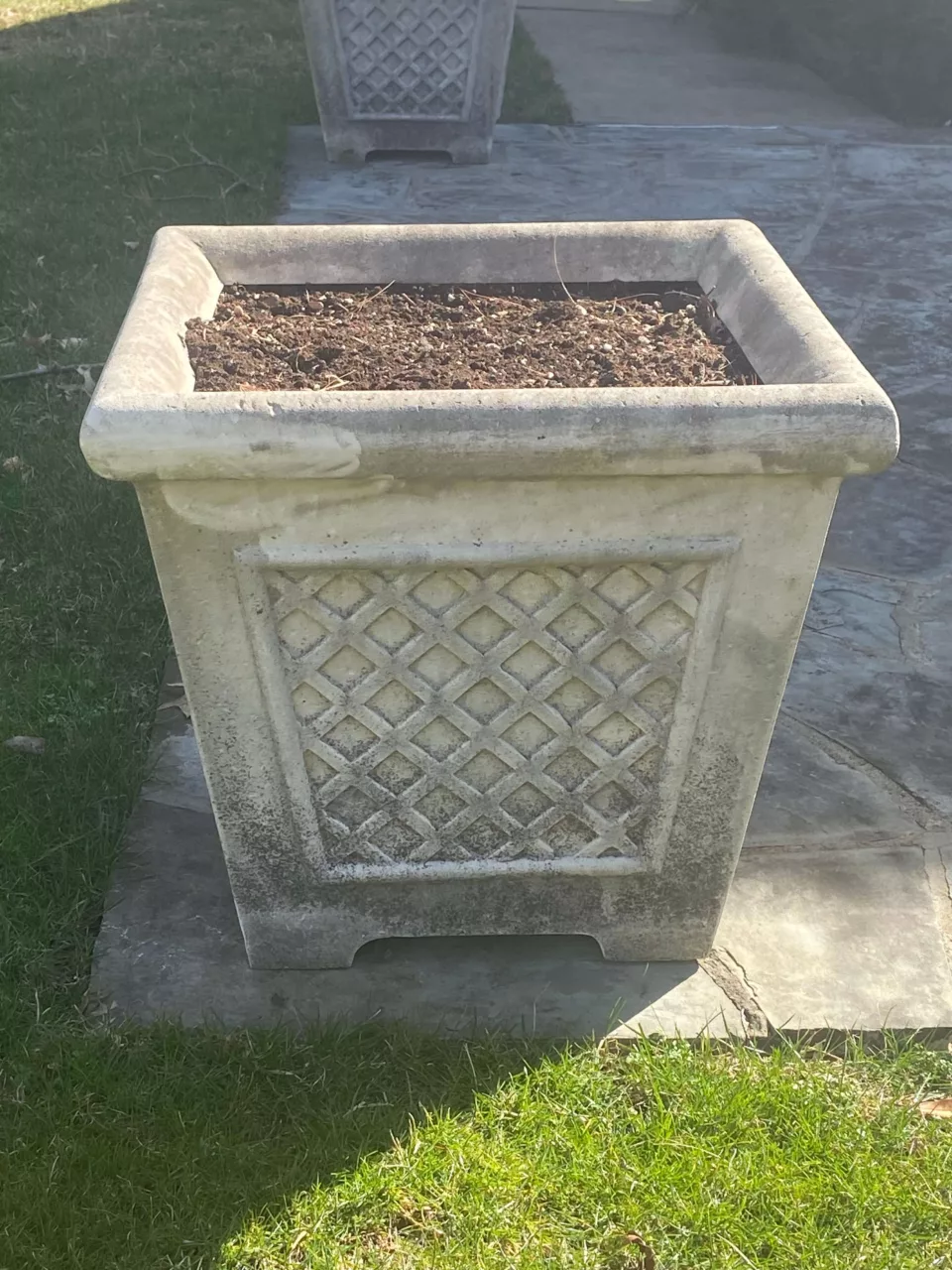
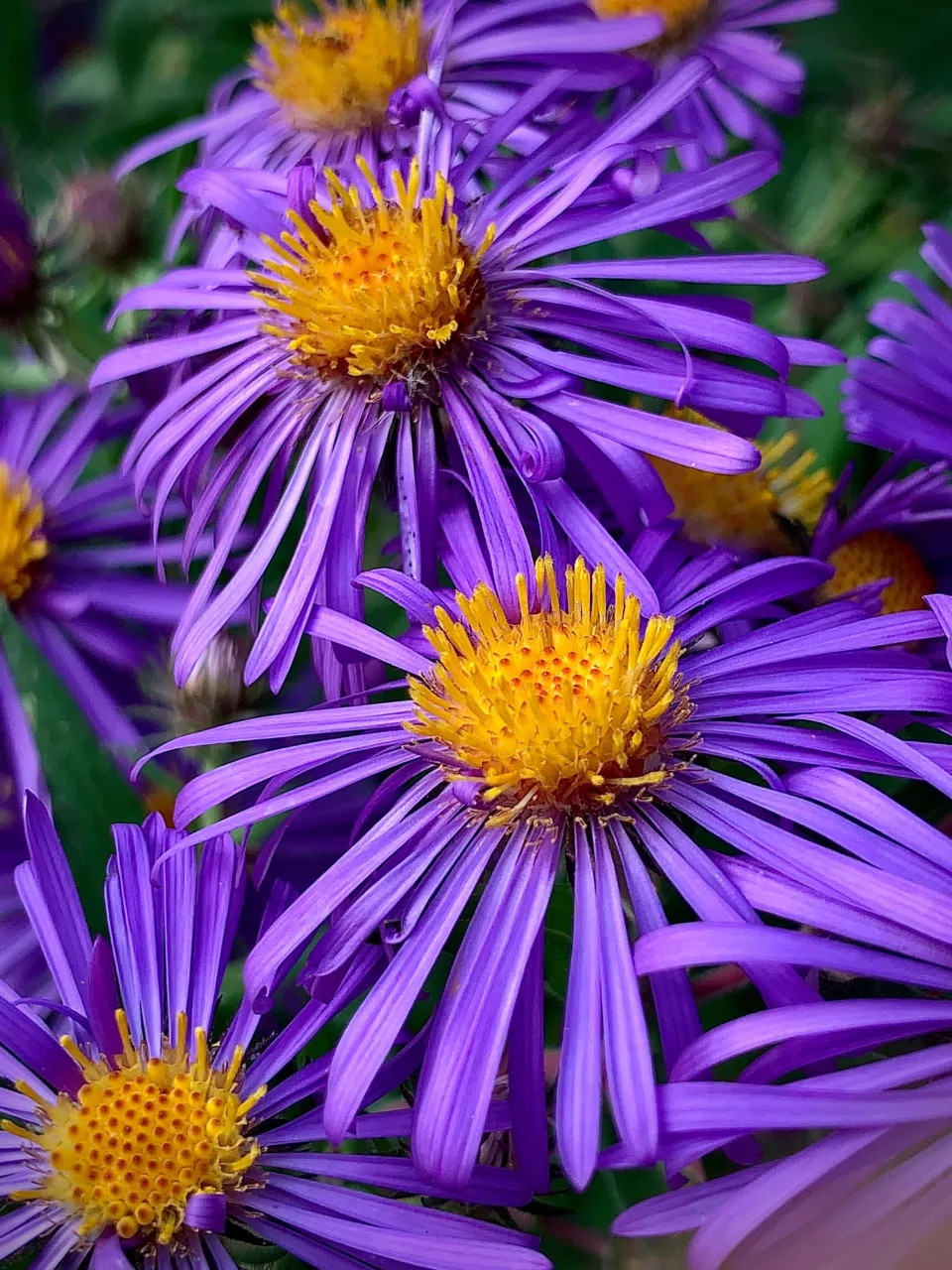
Container Loving Native Species
Some native plants will do better in containers in others. Below are some tried and true species that grow well in containers and could be good to start out with! That being said, don’t be afraid to experiment and find what works best for your space and garden goals!
Full- to Part-Sun Species:
- Little Blue Stem (Schizachyrium scoparium)
- Pink Coreopsis (Coreopsis rosea)
- Joe-Pye Weed (Eutrochium fistulosum)
- Creeping Sedge (Carex laxiculmis)
- Cherokee Sedge (Carex cherokeensis)
- Virginia Mountain Mint (Pycnanthemum virginianum)
- Smooth Aster (Symphyotrichum laeve)
Part-Sun to Shade Species:
- Ostrich Fern (Matteuccia struthiopteris)
- Wood Poppy (Styloforum diphyllum)
- Woodland Stonecrop (Sedum ternatum)
- Spotted Bee Balm (Monarda punctata)
- American Alumroot (Heuchera americana)
- Wild Ginger (Asarum canadense)
- Mapleleaf Viburnum (Viburnum acerifolium)
- Eastern Blue Phlox (Phlox divaricata)
For more information on native plants, and to search for the best native plants for your container garden, explore the Brandywine Native Garden Hub and create a personalized Garden Board for your container garden inspiration!
For more information on container gardening, check out our Natives Can Love Containers, Too! webinar.


